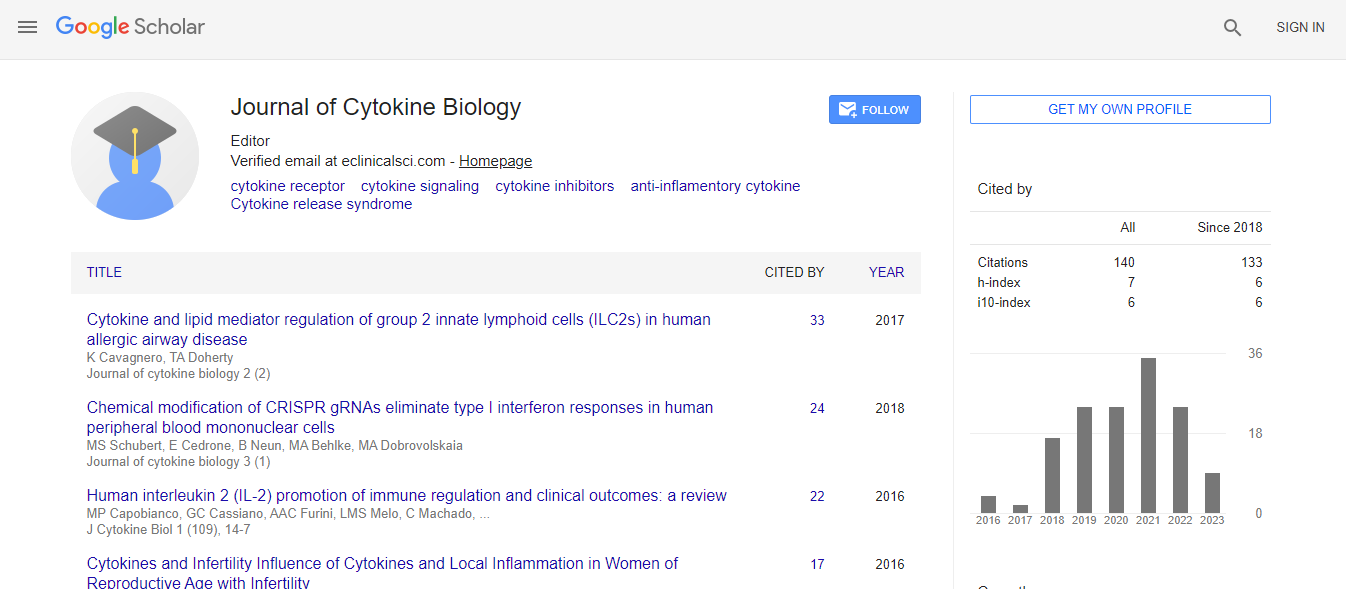Commentary
Functional Role of a Well Characterized Heteroglycan Isolated from Pleurotus ostreatus Mycelia in Driving Immune Stimulation
K Sanjana P Devi and Tapas K Maiti*Department of Biotechnology, Indian Institute of Technology Kharagpur, Kharagpur 721302, West Bengal, India
- *Corresponding Author:
- Tapas K Maiti
Department of Biotechnology
Indian Institute of Technology Kharagpur
Kharagpur 721302
West Bengal, India
Tel: 3222283766
Fax: 3222283766
E-mail: tkmaiti@hijli.iitkgp.ernet.in
Received date: June 24, 2016; Accepted date: August 29, 2016; Published date: September 01, 2016
Citation: Devi KSP, Maiti TK (2016) Functional Role of a Well Characterized Heteroglycan Isolated from Pleurotus ostreatus Mycelia in Driving Immune Stimulation. J Cytokine Biol 1:110.
Copyright: © 2016 Devi KSP, et al. This is an open-access article distributed under the terms of the Creative Commons Attribution License, which permits unrestricted use, distribution, and reproduction in any medium, provided the original author and source are credited.
Abstract
Polysaccharides or heteroglycan isolated from fungal species have attained wide recognition for their immune modulating functions. However, there exists a significant relationship in the structural and functional activity of this molecule. In this commentary, we focus on a well characterized heteroglycan isolated from the mycelia of Pleurotus ostreatus which have been shown to drive immune stimulation in tumor bearing mice. The heteroglycan possessed high molecular weight and was primarily composed of glucose, mannose and fucose in a 3:2:1 ratio with major β- linkages in the repeating chain. The molecule also exhibited triple helical conformation in solutions. These immune driving molecules have a significant impact in decreasing the tumor volume in model mice and they are known to play a significant role in the proliferation and activation of lymphocytes in the tumor bearing mice. The physical traits of the heteroglycan were associated with its immune stimulating ability and such compounds can therefore be utilized as adjuvants in immune based therapies.

 Spanish
Spanish  Chinese
Chinese  Russian
Russian  German
German  French
French  Japanese
Japanese  Portuguese
Portuguese  Hindi
Hindi 